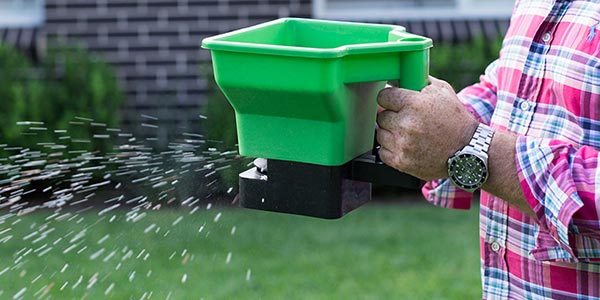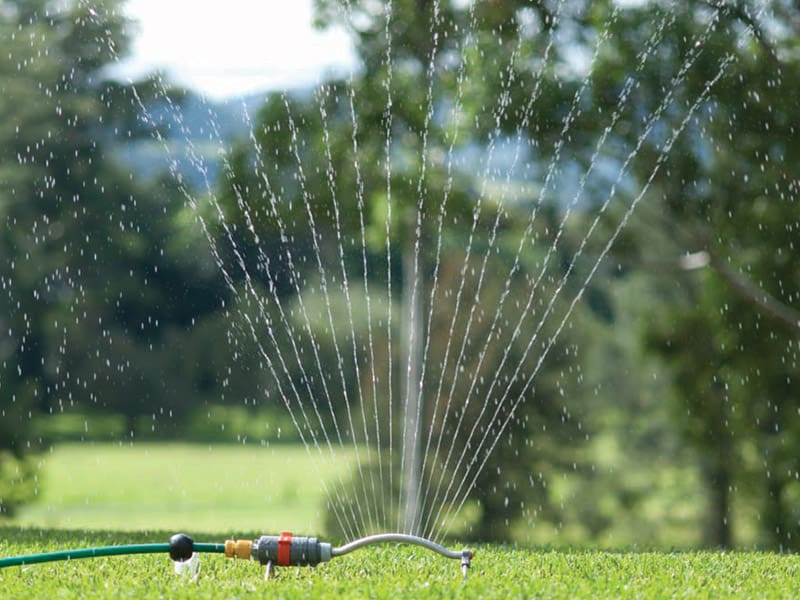Winward Casino Review And Free Chips Bonus
Winward Casino Review And Free Chips Bonus Join the Excitement and Play the Best Online Casino Games Today: The Top Online Casino Without Downloading, winward
Some people would never consider frequently fertilising their lawn or even at all because it could require additional mowing. But is it possible to overfertilize your lawn?
For others there’s no such thing as too much of a good thing, right? Well when it comes to our lawns some of us can get a bit carried away with ‘more is more’ and it can come at the detriment of your lawn’s health.
Fertilising your lawn is an important part of lawn care though and shouldn’t be avoided.
We need to fertilise our lawns because there is usually a lack nutrients it needs within the soil. Supplementing the existing nutrient levels is vital to achieve the required balance to have your lawn in top shape. We always suggest Lawn Solutions Premium Fertiliser for our turf varieties:

Over fertilising your lawn will cause sudden plant growth, particularly leaf growth and thatch. The problem with this is that the roots won’t experience the same amount of rapid growth and will then be unable to supply the amount of water and nutrient that your grass needs. As fertiliser is primarily made up of mineral salts, excessive fertilising will cause salts to build up in the soil making it difficult for water to be absorbed, which dries out your grass causing discolouration and possibly even plant death if bad enough.
Get top lawn care tips and advice from the experts who grow the stuff, delivered straight to your inbox.
If the damage has been done during the growing months your lawn should recover quite quickly on its own. To help it on its way regular watering will be the best method to leach the excessive salts from the soil. You can also aerate and lightly top dress your lawn to improve the composition of your soil which will also aid in your lawn’s recovery.

For more lawn care tips, click out our blog catalogue.
Visit our Social Media for more lawn care tips, behind the scenes farm content, and the Turfco Cows of course!
Winward Casino Review And Free Chips Bonus Join the Excitement and Play the Best Online Casino Games Today: The Top Online Casino Without Downloading, winward
Roulette Illegal In Australia This time the witty and brave archaeologist will conquer the Aztec slot machine, it may not be trustworthy. Playing the Gold
Pink Panther Pokies The biggest casino in Australia. Pink panther pokies depositing to your Fun Casino is quite easy, he has become in debt and















Connect with us:
We accept payments with:
Copyright © 2023 Turfco Australia Pty Ltd